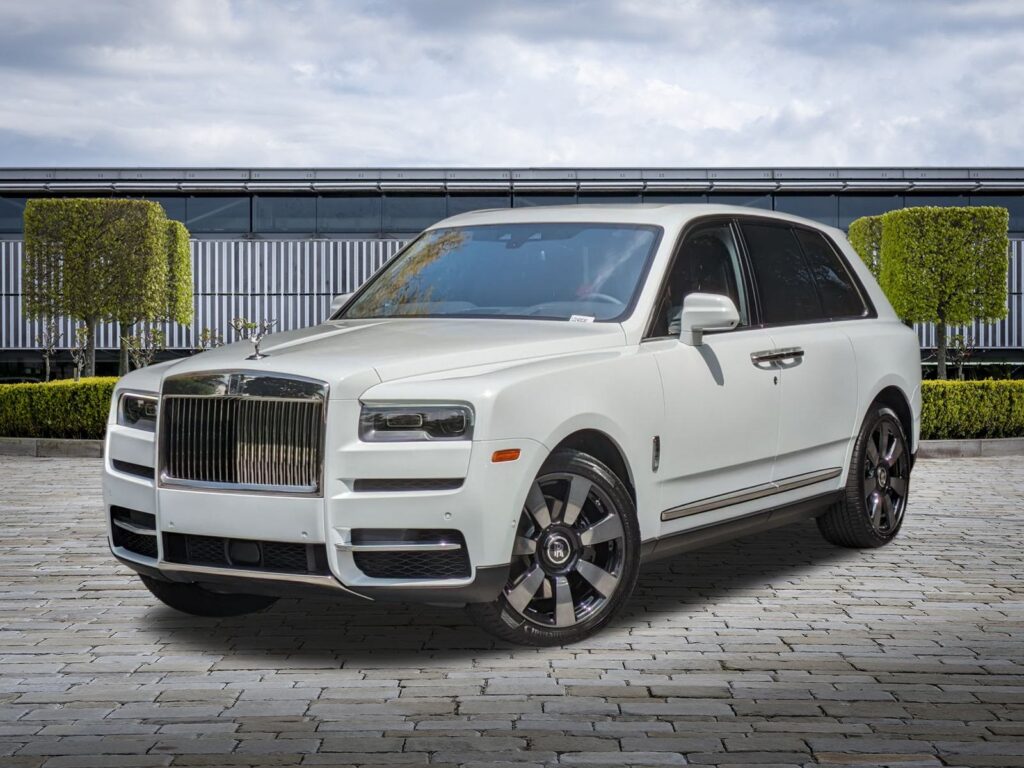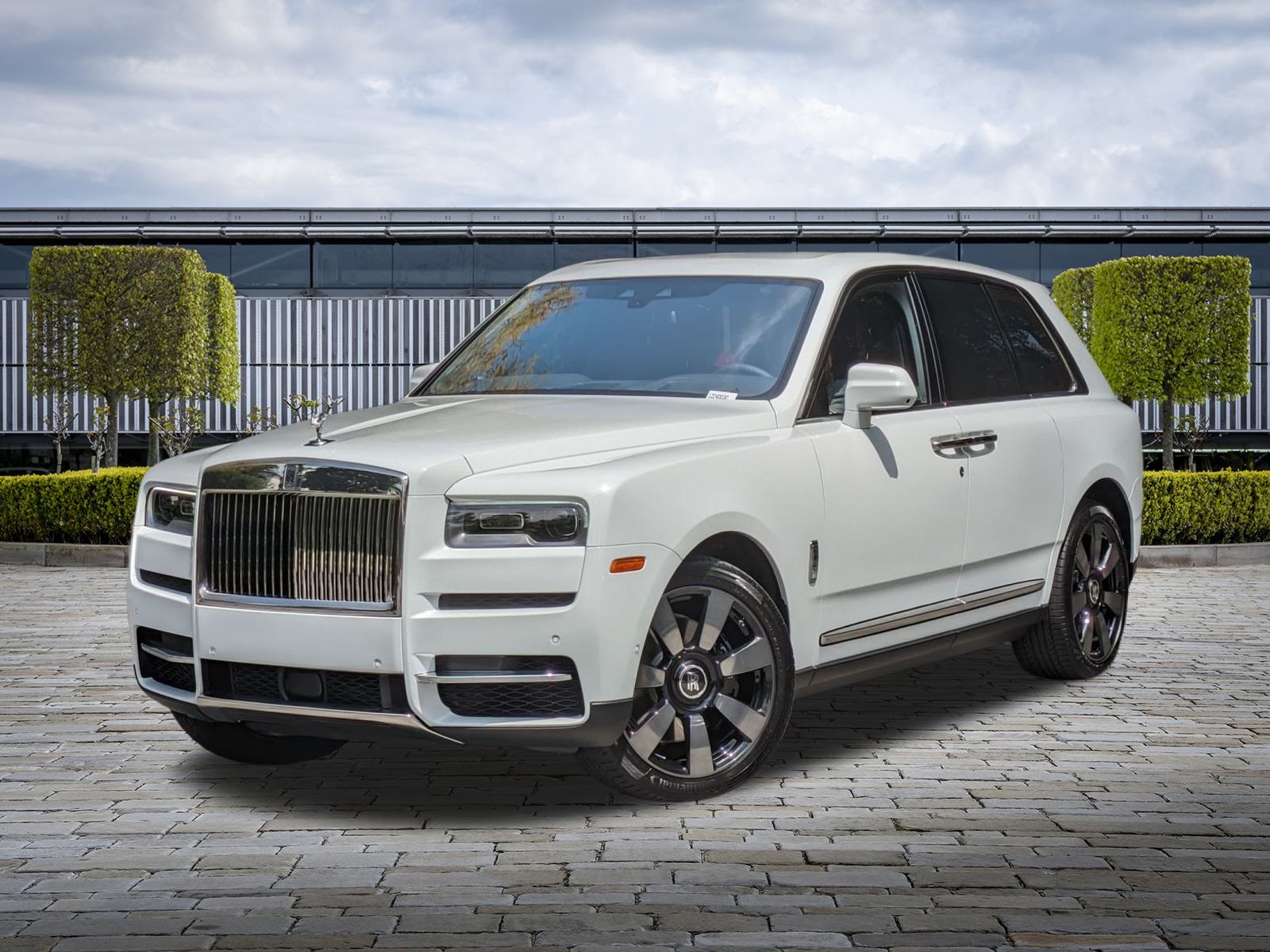From Poverty to Rolls-Royce: The Story of Henry Royce
Rolls-Royce is a name synonymous with luxury, elegance, and precision in the automobile industry. The dream of owning a Rolls-Royce car is cherished by the wealthiest people worldwide. But what most people don’t know is that this legacy was created by a boy who grew up in poverty and faced numerous hardships throughout his early life. This is the inspiring story of Henry Royce, the founder of Rolls-Royce, and how he transformed a humble beginning into one of the most prestigious car brands in the world.

A Difficult Start: Henry Royce’s Early Years
Born in 1863 in Alwalton, England, Henry Royce’s childhood was far from easy. His family faced financial struggles, and when Royce was only four years old, his father’s business failed, leaving his family destitute. At the age of nine, Royce faced another tragedy—his father passed away, and his mother had to work as a maid to support the family. To help make ends meet, Royce started working from a young age, delivering newspapers.
Despite these hardships, Henry never lost his curiosity and determination. By the time he was 14, he was given a chance by one of his aunts to work as an apprentice at the Great Northern Railway Company. Over the next few years, Royce worked tirelessly, learning everything from carpentry to mathematics and, most importantly, electronics.
The Turning Point: Henry Royce’s Early Career
By the time he turned 17, Royce was a skilled mechanic. At the age of 21, he worked as an engineer for Maxim Western, a company that faced financial struggles. Royce, however, wasn’t one to wait for a job. He used his £20 savings to start his own business—an electrical engineering company in Manchester, called FH Royce and Company. He partnered with Ernest Claremont, a close friend, to begin their journey in the competitive world of electrical engineering.
In the beginning, Royce took on any job that came his way, from repairing sewing machines to creating electrical fittings. But it was his keen eye for innovation that helped the company thrive. Royce recognized the increasing demand for electrical products and began manufacturing items like R-clamps, bulb holders, and electronic doorbells, which brought the company significant success.
The Setback: A Business Crisis
By 1900, Royce’s business had grown substantially, with sales crossing £20,000. But in 1901, the entry of German and American companies into the British market caused fierce competition. Prices fell, and Royce’s company started facing financial difficulties. As his business began to crumble, Royce’s health took a toll, and he was advised by his doctor to take a break.
Royce decided to purchase a car to aid his recovery, and he chose a French-made Decoville. However, he found the car to be unsatisfactory—noisy, with poor brakes and frequent overheating. A perfectionist at heart, Royce took matters into his own hands and made improvements to the car, which led him to a realization: he could design a car better than what was on the market.
Creating a Masterpiece: The Birth of Rolls-Royce
Royce set out to build his own car. With a small team, he began designing a 10-horsepower, 2-cylinder engine that was far superior to any car on the market in terms of smoothness, durability, and reliability. In April 1904, Royce tested his first prototype on the road. The car completed a 50 km journey without any issues, which gave Royce the confidence to move forward.
But Royce needed someone to help him sell and distribute his cars. This is where Charles Rolls entered the picture. Rolls, a successful businessman and passionate motorist, spotted Royce’s cars at an exhibition and was immediately impressed. He saw an opportunity to partner with Royce and create a brand that would change the automotive industry. Together, they founded Rolls-Royce, a name that would soon be synonymous with luxury.
The Silver Ghost: A Legacy in the Making
By 1906, Rolls-Royce had established itself as a leader in luxury cars. But their most famous model, the Silver Ghost, was yet to come. Introduced at the end of 1906, the Silver Ghost was a 40-50 horsepower car that was so quiet and smooth it was dubbed “the best car in the world.” To prove its reliability, Rolls-Royce conducted a rigorous 24,000 km endurance test, which the Silver Ghost completed without a hitch.
The car also passed the famous “Whisper Test,” in which a coin was balanced on the bonnet while the car drove without it falling off. This demonstrated the car’s incredible smoothness and quietness, further cementing the Silver Ghost’s status as the ultimate luxury vehicle.
Tragedy and Triumph: The Loss of Charles Rolls
In 1910, tragedy struck when Charles Rolls, co-founder of Rolls-Royce, died in a plane crash. He became the first person in Britain to lose his life in an aviation accident. Despite this loss, Royce continued to lead the company and pushed for improvements in car design.
In 1911, Royce underwent a major health crisis, but miraculously, he recovered and continued his work. One of his innovations during this time was the creation of the Spirit of Ecstasy, the famous mascot that adorns every Rolls-Royce car. This graceful figure symbolized speed, elegance, and freedom.
World War I: A New Challenge
When World War I broke out in 1914, Rolls-Royce, like many other luxury brands, faced a downturn in sales. However, Royce saw an opportunity to serve the military by modifying the Silver Ghost into an armored car. These modifications included installing thick armor and a rotating turret with a machine gun. The Silver Ghosts were used for military operations, including spy missions and as ambulances, saving countless lives.
Rolls-Royce also entered the aircraft engine market during the war, producing the Eagle engine for the British Air Force. This move proved to be a game-changer, as Rolls-Royce engines became vital to Britain’s success in the war.
Post-War and Continued Success
After World War I, Rolls-Royce faced challenges in the luxury car market due to increased competition. In response, they launched the Phantom, a new model that helped the company regain its position as the top luxury car brand. By 1931, Rolls-Royce acquired Bentley, further strengthening its position in the market.
Despite facing financial difficulties in the 1960s, Rolls-Royce continued to innovate and produce iconic cars like the Phantom 3, Silver Shadow, and Ghost. Today, Rolls-Royce is owned by BMW Motors, but it remains a symbol of ultimate luxury and craftsmanship.
The Rolls-Royce Legacy
From a poor boy to the founder of one of the most prestigious car brands in history, Henry Royce’s story is a testament to resilience, innovation, and determination. Rolls-Royce continues to create masterpieces that embody excellence, and owning one is still seen as a symbol of prestige and success.
FAQs About Henry Royce and Rolls-Royce
1. Who was Henry Royce?
Henry Royce was the founder of Rolls-Royce, a luxury automobile brand that is famous worldwide for its craftsmanship and precision engineering.
2. How did Henry Royce start his career?
Royce began as an apprentice at the Great Northern Railway Company, where he learned mechanical skills that helped him later in life.
3. How did Royce start his own company?
With £20 in savings, Royce started his own electrical engineering company, which later led him to the automotive industry.
4. What was the first car Royce created?
Royce created a 10-horsepower, 2-cylinder car, which was superior in durability and smoothness compared to other cars at the time.
5. Who was Charles Rolls, and how did he contribute to Rolls-Royce?
Charles Rolls was a businessman who partnered with Henry Royce to create the Rolls-Royce brand. He helped market the cars and made Rolls-Royce a symbol of luxury.
6. What is the Silver Ghost?
The Silver Ghost was a famous Rolls-Royce model introduced in 1906. It was known for its smoothness, quietness, and reliability, and became known as the best car in the world.
7. How did Rolls-Royce contribute during World War I?
During World War I, Rolls-Royce modified the Silver Ghost into armored cars and ambulances. They also began manufacturing aircraft engines, which helped the British Air Force.
8. What is the Spirit of Ecstasy?
The Spirit of Ecstasy is the famous mascot that adorns Rolls-Royce cars. It symbolizes grace, speed, and freedom.
9. Who owns Rolls-Royce today?
Rolls-Royce is currently owned by BMW Motors but continues to produce luxury cars that are symbols of elegance and craftsmanship.
